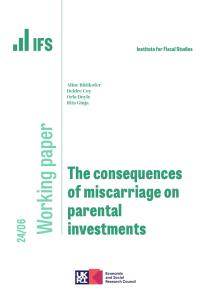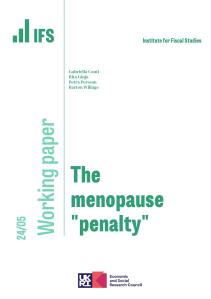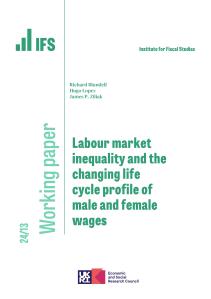This paper provides new evidence that preventive health care services delivered at schools and provided at a relatively low cost have positive and lasting impacts. We use variation from a 1999-reform in Norway that induced substantial differences in the avail-ability of health professionals across municipalities and cohorts. In municipalities with one fewer school nurse per 1,000 school-age children before the reform there was an increase in the availability of nurses of 35% from the pre- to the post-reform period, attributed to the policy change. The reform reduced teenage pregnancies and increased college attendance for girls. It also reduced the take-up of welfare benefits by ages 26 and 30 and increased the planned use of primary and specialist health care services at ages 25-35, without impacts on emergency room admissions. The reform also improved the health of newborns of affected new mothers and reduced the likelihood of miscarriages.










